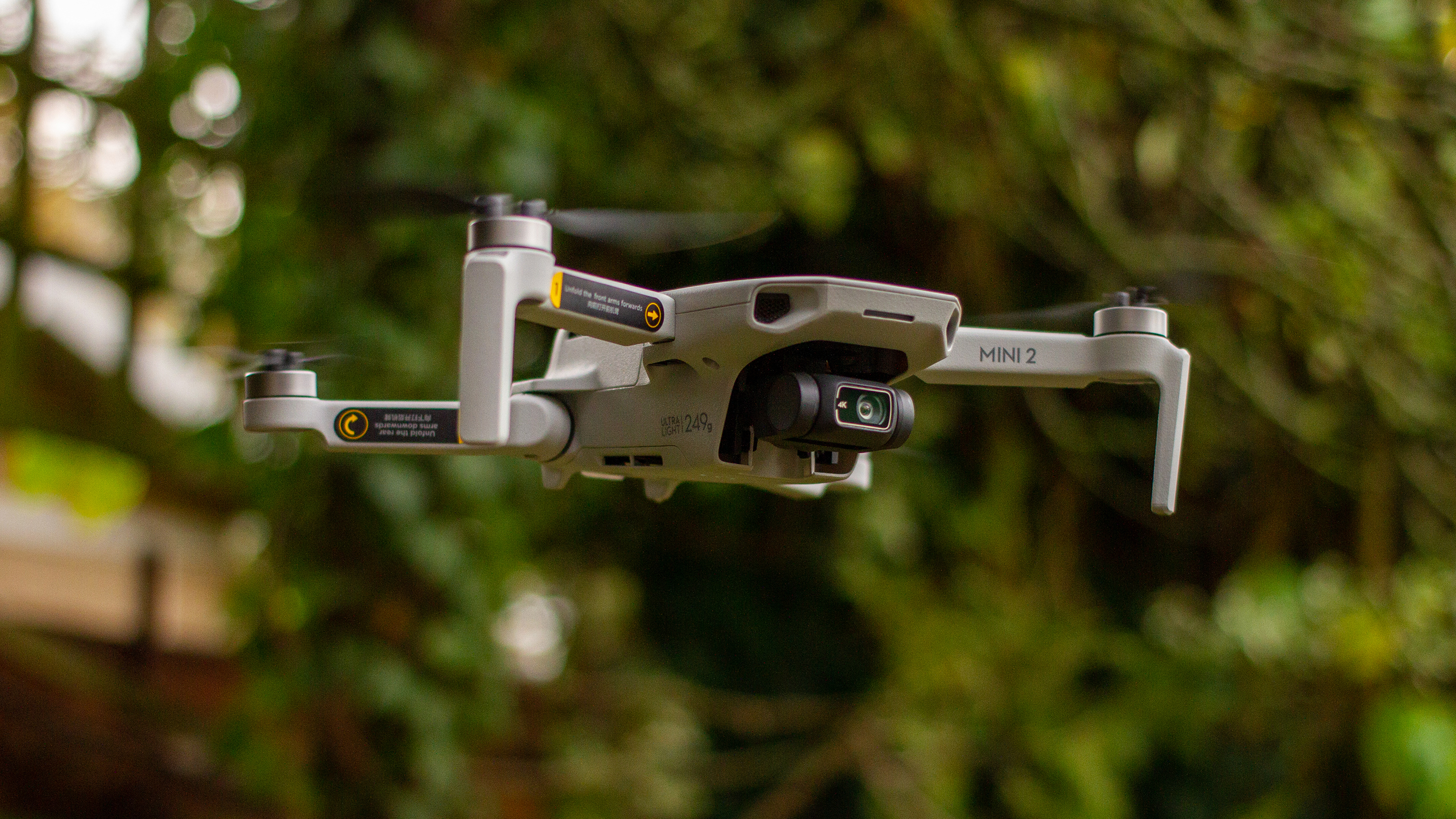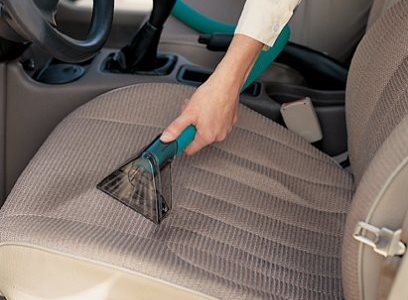The Best Drones You Can Buy Right Now – Popular Mechanics Can Be Fun For Everyone
Read our DJI Mavic Mini review. Now playing: See this: DJI’s Mavic Mini is a pocketable folding video camera drone … Joshua Goldman/CNET Though Mini 2 stays the best drone for most people, it lacks the develop quality, video camera technology and extensive flight time you get with DJI’s step-up model, the Mavic Air 2.
It’s also much heavier, but primarily due to a beefier battery, which has pushed its flight time beyond thirty minutes per charge. The best buy drones Air has legit video camera specs, efficient in shooting complete 4K video at 60fps and recording 48-megapixel photos. It has a leading speed of 42. 5 miles per hour and APAS 3.
That noted, if barrier avoidance is your leading priority, the $1,000 Skydio 2 stays the gold-standard– and an all-around outstanding choice in its own right. DJI makes a lot of other drones with remarkable specs– even better cameras and photography capabilities– but they come with higher prices. Higher-spec options include the DJI Mavic Pro, which costs $200 more than the Air 2, and the Mavic 2 Pro 4K drone, which costs rather a bit more.
The Best Drones You Can Buy Right Now – Popular Mechanics Can Be Fun For Everyone
Read our DJI Mavic Air 2 hands-on. Emax Though mainstream drones like the DJI Mini can fly quick, racing drones fly even faster, efficient in hitting speeds above 100 miles per hour. They’re also much more nimble, built for acrobatic maneuvers with you at a set of manual controls. That means there’s a learning curve that typically involves some crashes.
You’ll still require to find out how to pilot the important things, but the process will be more economical and less aggravating than other entry-level systems. For something, you do not require to stress over getting all of the private pieces to interact– or soldering anything, which is required for many DIY models.
Here’s a fast introduction of what any novice requires to understand to find the best best drone with camera to buy for their cash. Tiny economical quads like these can be a discomfort for first-timers. Joshua Goldman/CNET Like many things in life, you get what you spend for with consumer drones: The more cash you invest, the more features you get that make flying easier.
The Best Drones You Can Buy Right Now – Popular Mechanics Can Be Fun For Everyone

GPS is important for brand-new drone pilots. Itdeserves paying more for if you’re looking for steady flying out of the box, especially for aerial photography and videos. You will not usually find it on toy-grade drones, so brand-new pilots may find toy drone models to be aggravating despite the fact that they can be great to practice with.
Though there are a handful of models that can stay airborne for thirty minutes or more on a charge, that might be under ideal screening conditions in a regulated environment. The faster you fly, the more weight you include; the more powerful the winds, the quicker a drone will sap its battery.
Our general guideline is to take whatever the producer claims and deduct 5 to 10 minutes for a midsize drone. Toy drones usually get between 5 and 7 minutes of great flying, though some can hit the 10- to 12-minute range. Depending on the aircraft, additional batteries can run you from $5 for toys to more than $100 each for video camera drones.
The Best Drones You Can Buy Right Now – Popular Mechanics Can Be Fun For Everyone
You’re more than most likely going to crash, which might lead to repair costs– either for replacement parts or shipping it back to the producer for repair work. (This is exactly why DJI offers crash insurance coverage for brand-new drones.) Before you purchase a drone, itdeserves spending a little time investigating the price and availability of replacement parts, batteries and other accessories.
When you’re out flying in a public space, and even in your own backyard, anyone who sees you doing it will believe you’re spying on them or somebody else. You might be standing in the middle of a 20-acre field with no one in sight and your drone no more than 50 feet straight overhead and you may end up responding to questions about being a peeping Tom.
Consistently. And along those very same lines … It doesn’t matter if you’re the safest best drone with camera to buy pilot around or that you might do more damage hitting somebody with a baseball than a drone– observers might feel threatened. After all, absolutely nothing about plastic blades spinning at high speeds screams “safety.” Parrot’s Bebop 2 has some good safety features consisting of with propellers that stop instantly if they struck anything.
The Best Drones You Can Buy Right Now – Popular Mechanics Can Be Fun For Everyone
Along with an entire host of benefits consisting of access to AMA-member flying sites, the $75 annual subscription secures you with $2,500,000 of detailed general liability insurance coverage in addition to $25,000 in mishap or medical coverage, $10,000 maximum accidental death coverage and $1,000 fire, theft and vandalism coverage. In population-dense locations like cities and cities, it can be hard to find locations to securely and legally fly.
Laws vary among state, county and local parks. And then there are the no-fly zones, which puts many cities out of bounds in addition to simply hazardous, due to the fact that of buildings, people and cars and trucks. Before you purchase a drone– even a toy one, if you plan to fly outside– you’ll desire to visit AirMap or download the FAA’s B4UFly app to inspect for no-fly zones.
Screenshot by Sean Hollister/CNET The US Federal Aviation Administration is requiring anyone who wishes to fly an unmanned aerial lorry that weighs between 0. 55-pound (250 grams) and 55 pounds (around 25 kgs) for recreation or pastime to register with the company. Civil charges for not signing up such an unmanned aircraft might include fines approximately $27,500.
The Best Drones You Can Buy Right Now – Popular Mechanics Can Be Fun For Everyone
A lot of sub-$ 100 UAS drones fall under this weight. For example, weigh in under that half-pound mark. A kitchen area or postal scale can be used to weigh your drone or you can contact the producer. Likewise, this applies to both store-bought and homemade aircraft. The in a matter of minutes.



